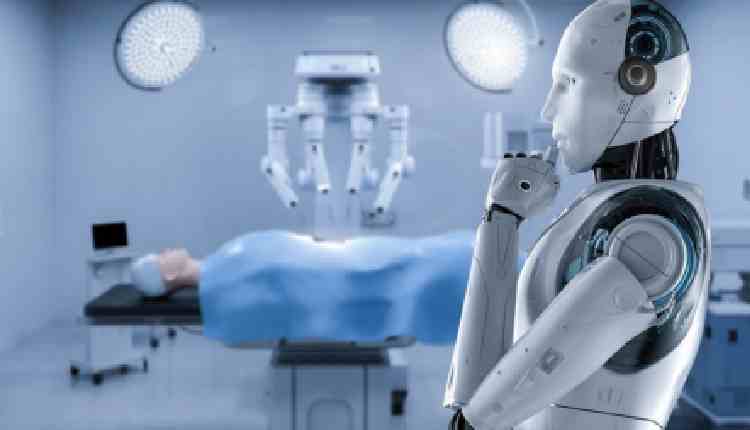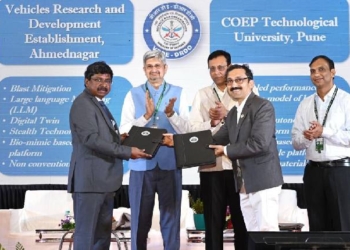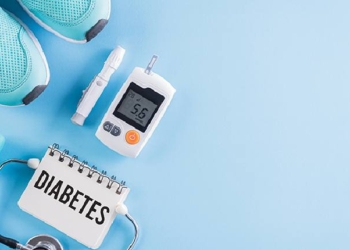New Delhi: The surgical robotics market is set to grow at a compound annual growth rate (CAGR) of 8 per cent to $15.8 billion in 2030 from $8.6 billion in 2022, according to a report on Tuesday.
Due to higher capital expenditures, the medical robotics industry was more vulnerable to economic headwinds in 2022 than producers of less expensive devices. However, as underlying demand is still very strong, the robotics business will keep growing through 2030, said the report by GlobalData, a leading data and analytics company.
The report revealed that every segment of the medical robotics market will grow over the next decade, driven by the demand for high-volume procedures.
“GlobalData expects every segment of the medical robotics market to grow over the next decade, driven by the demands of high-volume procedures. Healthcare providers will increasingly invest in medical robots to compensate for staff shortages and improve the standard of care,” said Tina Deng, Principal Medical Devices Analyst at GlobalData, in a statement.
“Surgical robots improve patient outcomes, reduce human error, and decrease the length of hospital stays. The use of cloud computing and Artificial Intelligence enables medical robots to collaborate and access huge amounts of data uninterruptedly. New surgical robot models will offer new surgical possibilities, such as micro-robots to address difficult-to-treat diseases,” he added.
Further, mergers and acquisition (M&A) activities indicate that the medical robotic market is growing strongly after the dip in 2022. For example, there were 60 robotics-related deals by medical companies in the last six months, after a decline in the annual number of medical robotics-related M&A transactions from 17 in 2019 to 13 in 2022, mirroring the unfavourable macroeconomic environment.
Robotics saw a decline in deal value of $196.6 million between 2020 and 2022, but the segment is expected to recover in 2023.
“There are three main areas driving robotics M&A activity in the medical industry: orthopaedics, minimally invasive surgery, and imaging systems,” Deng said.
(IANS)















